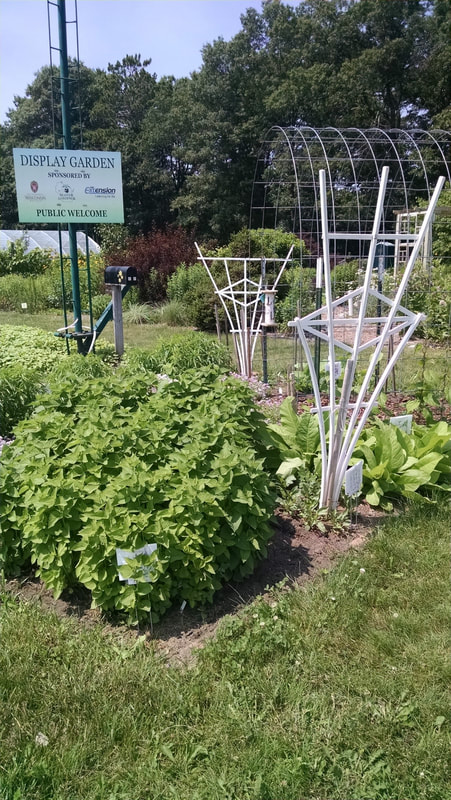|
Make an eye-catching garden more enjoyable by including fragrant plants. Incorporating aromatic flowers into the landscape adds an unforgettable dimension. Fragrant plants tend to bring up pleasant memories, and scented flowers also attract pollinators, such as bees and butterflies. Fragrance is produced by plants when their essential oils evaporate and the molecules enter the air. The most fragrant flowers are white and pastel. Create your own fragrant garden with these tips:
Fragrant Garden at the Spooner Agriculture Research Station in early June and mid-July. The specific plants in our fragrant garden are: Bordering the walkway is Sweet Alyssum (Rosie O’Day). Starting to cascade up and over on our arbor are both Moonflower and Sweet Pea. In the main part of the garden are Bee Balm, Carnation, Chocolate Flower, Heliotrope, Hyssop, Lupine, Marigold, Nicotiana, and Penstemon. Learn more at the upcoming Twilight Garden Tour on August 13 starting at 4:00pm. Submitted by Roseann Meixelsperger, Master Gardener Volunteer
0 Comments
Leave a Reply. |
|
| North Country MGV | gARDEN bLOGS |
Location |
|


 RSS Feed
RSS Feed